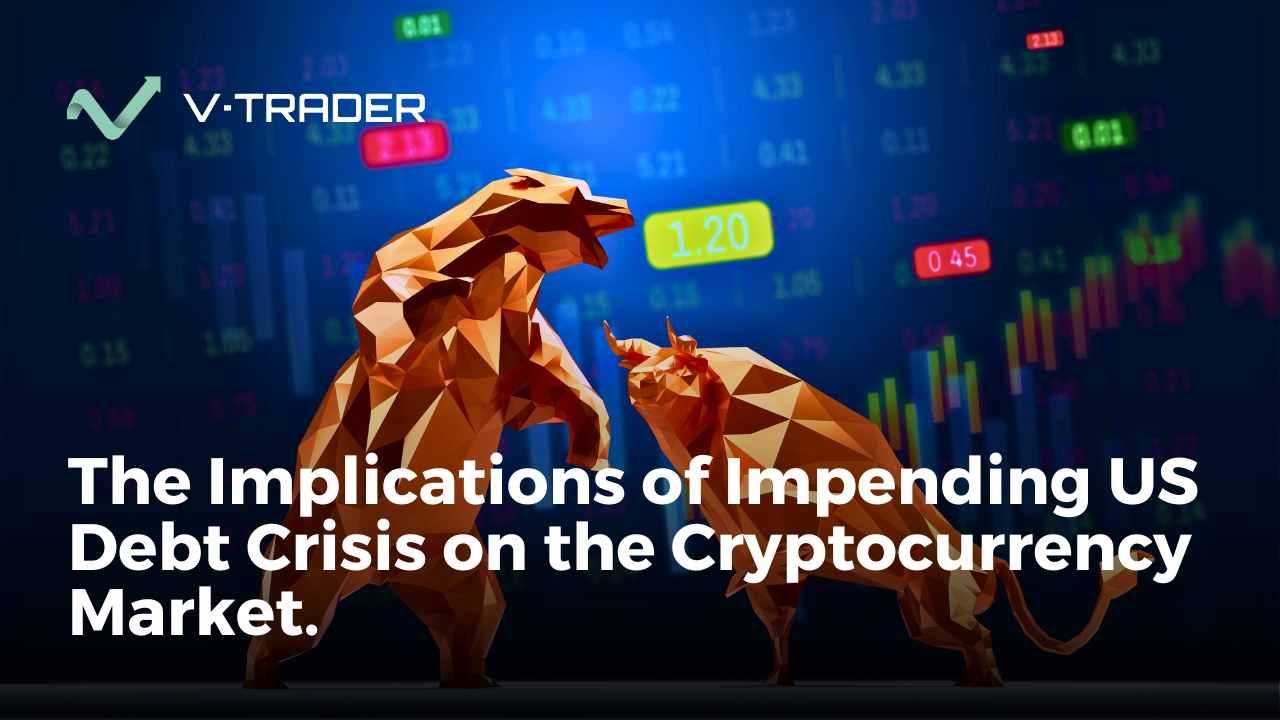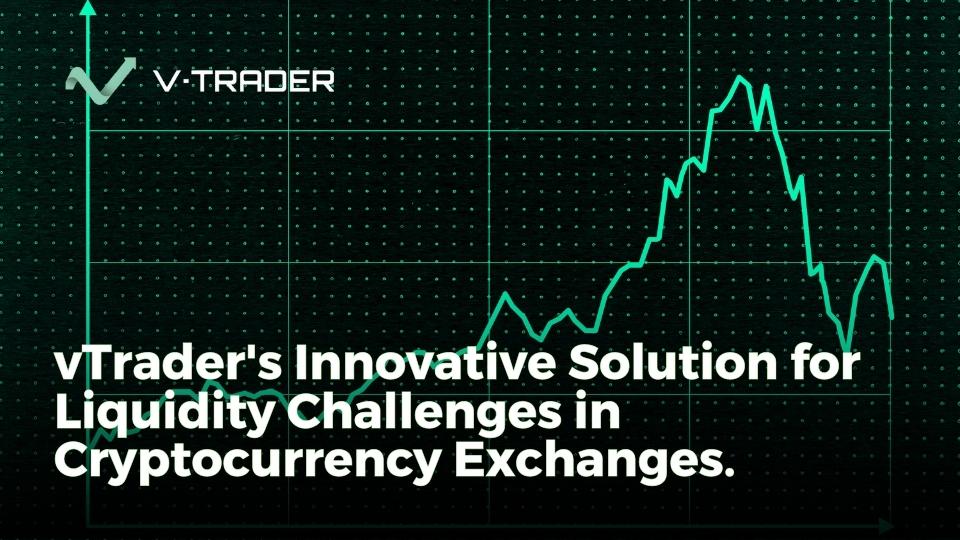Introduction
In recent years, blockchain technology has gained significant traction across various industries, promising transparency, security, and efficiency.
However, one of the key challenges that blockchain faces is its lack of interoperability between different networks. This limitation hinders the seamless transfer of assets and data between disparate blockchains. Decentralized cross-chain solutions have emerged as a critical remedy, addressing this issue and unlocking the full potential of blockchain technology.
In this article, we will explore the increasing importance of decentralized cross-chain solutions, supported by relevant events, authorities, examples, facts, and statistics.
1. The Need for Interoperability:
Decentralized cross-chain solutions address the inherent fragmentation and lack of connectivity among blockchain networks. They enable the transfer of assets, data, and functionality across different blockchains, fostering interoperability and collaboration. The demand for interoperability is driven by several factors:
a. Diverse Blockchain Ecosystem:
The blockchain landscape is comprised of numerous networks, each with its unique features, consensus algorithms, and governance models. Major blockchain platforms include Bitcoin, Ethereum, Polkadot, Cosmos, and others. Interoperability is crucial to enable communication and cooperation among these diverse ecosystems.
b. Fragmentation of Data and Assets:
Without cross-chain solutions, data and digital assets are confined within their respective blockchains, limiting their potential utility and market reach. Interoperability allows for the seamless transfer of tokens, smart contracts, and other assets, enabling users to access and utilize them across different platforms.
c. Scalability and Performance:
Scalability remains a pressing concern for blockchain networks. By connecting different blockchains, cross-chain solutions can leverage the strengths of each network to enhance scalability and overall performance. This increases transaction throughput, reduces congestion, and improves user experience.
2. Advantages of Decentralized Cross-Chain Solutions:
Decentralized cross-chain solutions offer a range of benefits that contribute to their increasing importance:
a. Asset Portability:
Cross-chain solutions enable the transfer of digital assets across different blockchains, ensuring liquidity and expanding market opportunities. For example, decentralized exchanges (DEXs) like Uniswap and SushiSwap leverage cross-chain functionality to enable seamless token swaps between various networks.
b. Enhanced Security:
Cross-chain solutions provide an additional layer of security by leveraging multiple blockchains. This reduces the risk of a single point of failure and strengthens the overall security posture of the ecosystem. Atomic swaps and hashed time-locked contracts (HTLCs) are examples of secure cross-chain mechanisms.
c. Interconnected DeFi Ecosystem:
Decentralized finance (DeFi) has experienced tremendous growth, but the lack of interoperability hampers its potential. Cross-chain solutions foster collaboration among DeFi protocols, allowing for composability, shared liquidity, and advanced financial instruments.
d. Bridging Real-World and Digital Assets:
Cross-chain solutions can facilitate the integration of real-world assets into blockchain ecosystems. This opens up possibilities for tokenizing traditional assets like real estate, art, and commodities, enabling fractional ownership, increased liquidity, and efficient transferability.
3. Prominent Projects and Developments:
Several notable projects and developments are spearheading the advancement of decentralized cross-chain solutions:
a. Polkadot:
Polkadot, founded by Gavin Wood, co-founder of Ethereum, is a multi-chain framework that enables different blockchains to interoperate. It provides a scalable and secure platform for building decentralized applications (dApps) and connecting disparate networks.
b. Cosmos:
Cosmos utilizes the Inter-Blockchain Communication (IBC) protocol to establish interoperability between independent blockchains. It enables the transfer of assets, data, and functionality across connected networks, fostering collaboration and scalability.
c. Chainlink:
Chainlink is a decentralized oracle network that provides real-world data to smart contracts. It has expanded its functionalities to support cross-chain communication, allowing smart contracts to interact with data and events from external blockchains.
4. Statistics and Market Trends:
The growing importance of decentralized cross-chain solutions is reflected in the following statistics and market trends:
a. Total Value Locked (TVL) in Cross-Chain Solutions:
The TVL in decentralized cross-chain solutions has witnessed significant growth. As of May 2023, the TVL in cross-chain DeFi platforms, such as Polkadot’s Rococo, Cosmos’ Gravity DEX, and Ethereum’s bridge solutions, exceeded $10 billion.
b. Rising Adoption of Cross-Chain Bridges:
The adoption of cross-chain bridges has surged, with prominent examples like the Ethereum Bridge, allowing the transfer of assets between Ethereum and other blockchains. The assets locked in Ethereum-compatible bridges exceeded $2 billion in early 2023.
c. Interoperability Standards and Alliances:
The blockchain industry has seen the emergence of interoperability standards and alliances. Examples include the Interwork Alliance (IWA) and the Inter-Blockchain Communication Standards (IBC). These initiatives promote collaboration, standardization, and the development of cross-chain solutions.
Conclusion:
Decentralized cross-chain solutions have become increasingly important as they address the lack of interoperability within the blockchain ecosystem. These solutions enable asset portability, enhance security, foster collaboration in DeFi, and bridge real-world and digital assets. Prominent projects like Polkadot, Cosmos, and Chainlink are leading the way in developing cross-chain functionality. The growing statistics and market trends indicate a rising demand for interoperability. With the continued development and adoption of decentralized cross-chain solutions, blockchain technology can realize its full potential and unlock new possibilities across industries.
Written by Agbo Obinnaya.
Check out our Ethereum Gas Fee App on App Store.
Check out our Ethereum Gas Fee App on Play Store.
Join the conversation on Twitter: Click here.
For media inquiries or interviews, please contact us here.
About vTrader News:
vTrader News is a renowned international news platform with comprehensive coverage of cryptocurrency, business, finance, technology, and entrepreneurship.
With a global readership, vTrader News provides unparalleled insights into the latest developments shaping the world of cryptocurrency, finance, and other emerging industries.
Learn More About vTrader: Click here.

Steve Gregory is a lawyer in the United States who specializes in licensing for cryptocurrency companies and products. Steve began his career as an attorney in 2015 but made the switch to working in cryptocurrency full time shortly after joining the original team at Gemini Trust Company, an early cryptocurrency exchange based in New York City. Steve then joined CEX.io and was able to launch their regulated US-based cryptocurrency. Steve then went on to become the CEO at currency.com when he ran for four years and was able to lead currency.com to being fully acquired in 2025.


